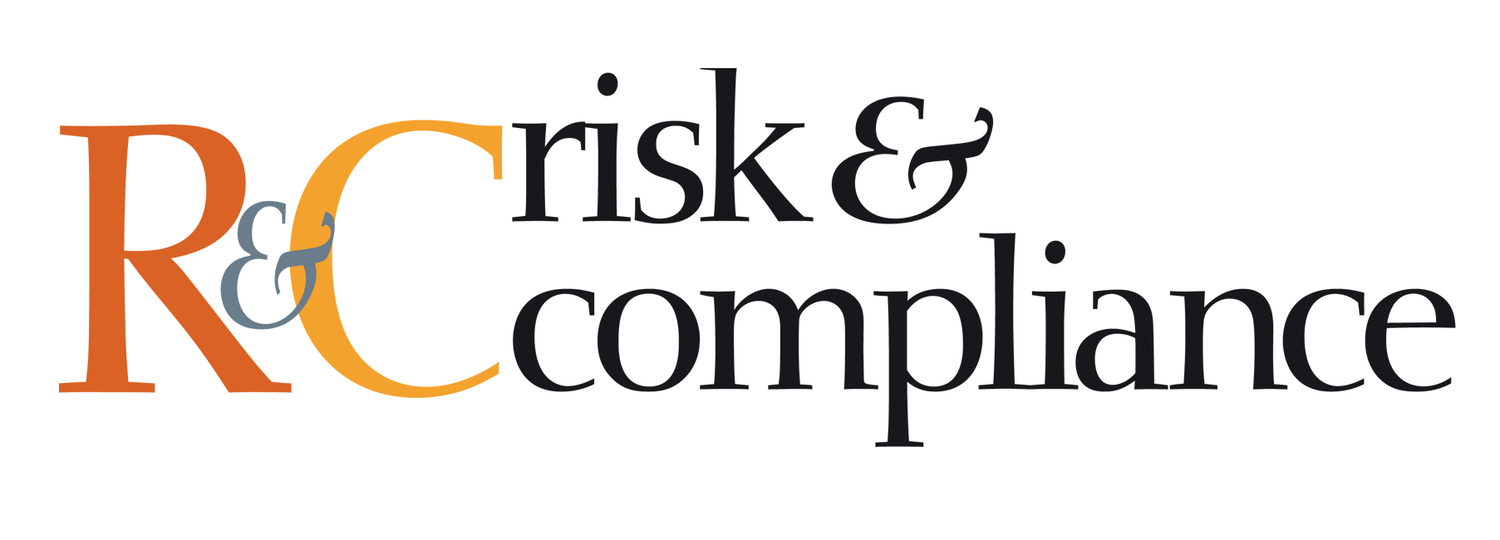CORPORATE CULTURE AND RISK IN THE #METOO ERA
Sexual harassment in the workplace is nothing new. For decades, employees, the overwhelming majority of whom have been women, have had to endure unwanted physical and verbal advances and abuse, and have largely been forced to suffer in silence.
In December 2017, the UK’s Equality and Human Rights Commission (EHRC) conducted a survey of over 1000 employees, three quarters of whom had either experienced or witnessed harassment in the workplace. Nearly all the victims of harassment were women, the perpetrators tended to be senior colleagues and around half of the respondents who had been the victim of or witnessed harassment had not reported it. Barriers to reporting included a belief that the employer would not take the complaint seriously or that the perpetrator would be protected, a fear of retaliation and absence of a user-friendly reporting procedure.
Things may be changing, however. Globally, reports of sexual harassment and discrimination in the workplace are at an all-time high, despite the US Equal Employment Opportunity Commission (EEOC) noting that in 2017, 75 percent of all workplace harassment incidents in the US went unreported. And though harassment remains an issue across a wide range of industries, employees are starting to fight back, emboldened by the emergence of international movements such as #MeToo, which has contributed to the volatile and highly-charged conversation about sexual harassment occurring in society today.

